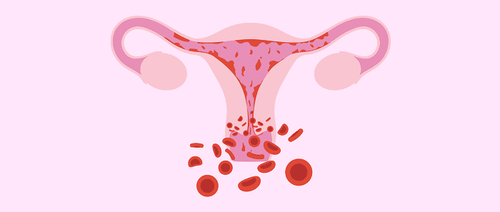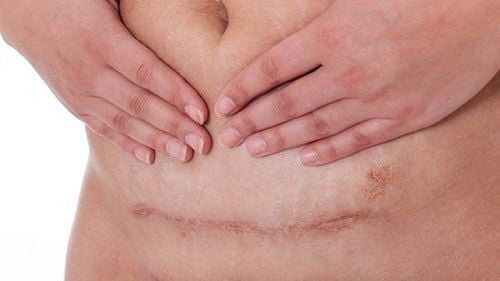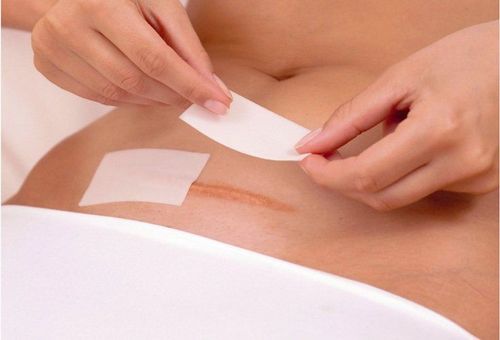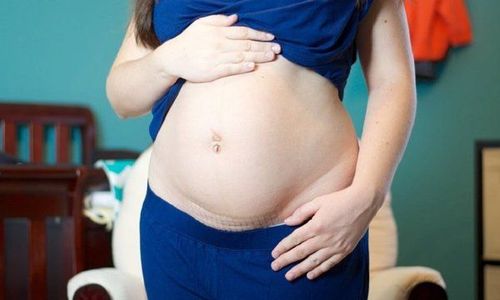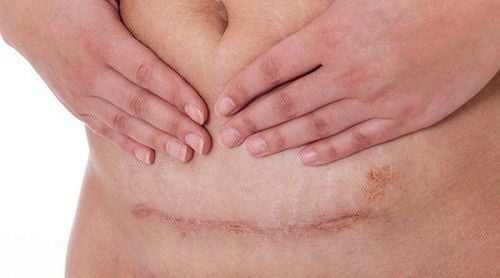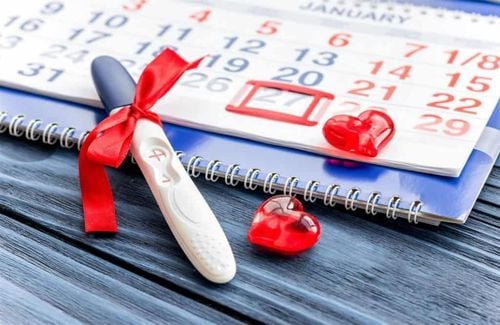This is an automatically translated article.
The article was professionally consulted by Specialist Doctor I Le Thi Phuong - Department of Obstetrics and Gynecology - Vinmec Ha Long International Hospital.The perineum needs careful care because it is an organ adjacent to the genitals and anus, an infection will affect these organs and slow down the healing process. Some pain relievers and perineal stitches can help women speed up the healing process.
1. What is the perineum?
The perineum is a small area between the anus and the vulva in women. Anatomically, the perineum is the area between the pubic bone and the coccyx, including the perineum and surrounding structures. There are many different ways to define it, so in some cases the area around the anus is also part of the perineum. The perineum is also the area that helps with sexual arousal in both men and women.Perineal tears often occur during the first birth, but the risk of these injuries can be reduced by preparing the perineum, often through massage.
2. Effect of episiotomy during childbirth
Not everyone will need an episiotomy at birth. If the vagina is wide enough for the baby to pass through, this procedure is not needed. If the vagina is narrow, pushing too hard without actively cutting will cause the perineum to tear. The wound will be worse, more difficult to suture, and even cause severe bleeding complications. The episiotomy also helps the baby's birth process go more smoothly, also avoiding the risk of the baby suffocating. The doctor will cut the episiotomy as soon as the baby has opened the vagina by a few centimeters. After the baby is born, it will be sutured with medical aesthetic sutures.In summary, an episiotomy should be performed when:
The baby is not getting enough oxygen Lie in a difficult birth position such as breech or legs out before the baby's shoulder becomes entangled. It takes too long to push. Birth requires forceps or a suction pump. Fetal size is too large. Baby is born prematurely.
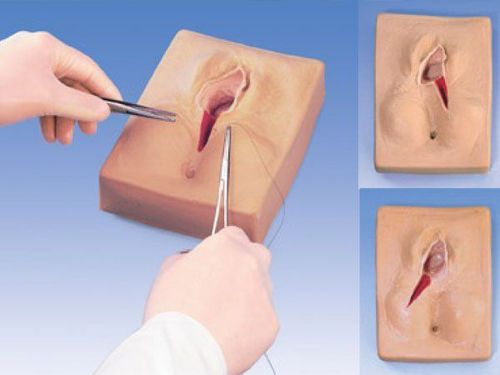
3. Time for the perineum to heal
Pain and discomfort occur within the first 1-2 weeks after suturing. It is important to take care of and keep the stitches clean to speed healing and prevent infection. After about 2-3 weeks, the perineal stitch will heal on its own, the thread will disappear on its own. And about a month after the stitches will feel as normal as before.4. Postpartum perineal stitches care
4.1 Analgesic Measures Cold compress: A method that can help relieve pain and reduce inflammation. Do this by sitting in a tub of cold water, then dry the stitches with a clean towel. Painkillers: Patients can ask the doctor to prescribe pain relievers that do not affect the quality of milk. Adjust posture: If you have pain when sitting, you should switch to lying on your stomach, or on your side. If sitting, it is advisable to sit on an air mattress that can adjust the inflation to make it more comfortable. Abstain from sex: Many people will experience pain during sex in the first few months after giving birth. The woman should tell her husband and wait until the stitches heal completely. Stitch care: Keep stitches clean and dry, especially after urinating. If defecation becomes difficult, a stool softener should be administered first. Limit vigorous exercise to avoid damaging the wound. Do not have enemas Follow a healthy diet 4.2 How to keep the perineum clean Keep the suture area dry and clean by rinsing with clean water and gently drying Reduce the risk of infection from the anus by How to wipe from front to back. Get more rest and do light activities. Do more pelvic floor exercises to help blood flow and promote wound healing. Change tampons regularly to make sure the stitches are not damaged. Eat plenty of fiber and drink plenty of water to avoid constipation.
Please dial HOTLINE for more information or register for an appointment HERE. Download MyVinmec app to make appointments faster and to manage your bookings easily.





